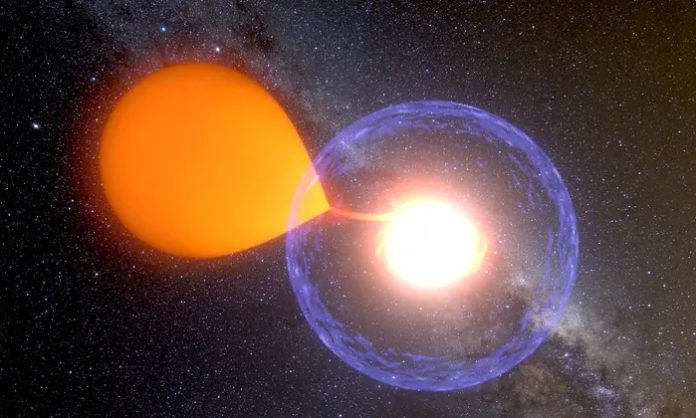Johannes Hevelius was a Polish astronomer and politician who is one of the few people to report the discovery of a new star formed in the constellation Cygnus in 1670. The “star” that is now known as Nova Vulpeculae 1670 was thought to be the result of a nova explosion until recent observations by the world’s most accurate telescopes found evidence that the event was the result of two stars colliding.
Nova Vulpeculae 1670 was easily visible to the naked eye in 1670. The star disappeared and reappeared twice in the following years before disappearing completely. Astronomers with the European Southern Observatory observed the region in Cygnus where Nova Vulpeculae 1670 once was and found a chemical composition that did not indicate that a nova had occurred in the area in 1670.
The astronomers found that the faint nebula that remains where Nova Vulpeculae 1670 once was is the result of two stars colliding with each other. Physical remnants of the stars remain as dust. The brightness of the star that Hevelius and others saw in 1670 was the result of a massive explosion that occurred when two stars destroyed each other by colliding. The subsequent flashes and eventual disappearance of the light were the final death throes of the two stars.
If two stars come close enough to each other, the massive gravity of the stars pull them into each other. The result is a gargantuan thermonuclear explosion that produces visible light and most other forms of solar radiation. The people in 1670 just did not have the equipment or knowledge to know the difference between the birth of a star and the death of two stars.















